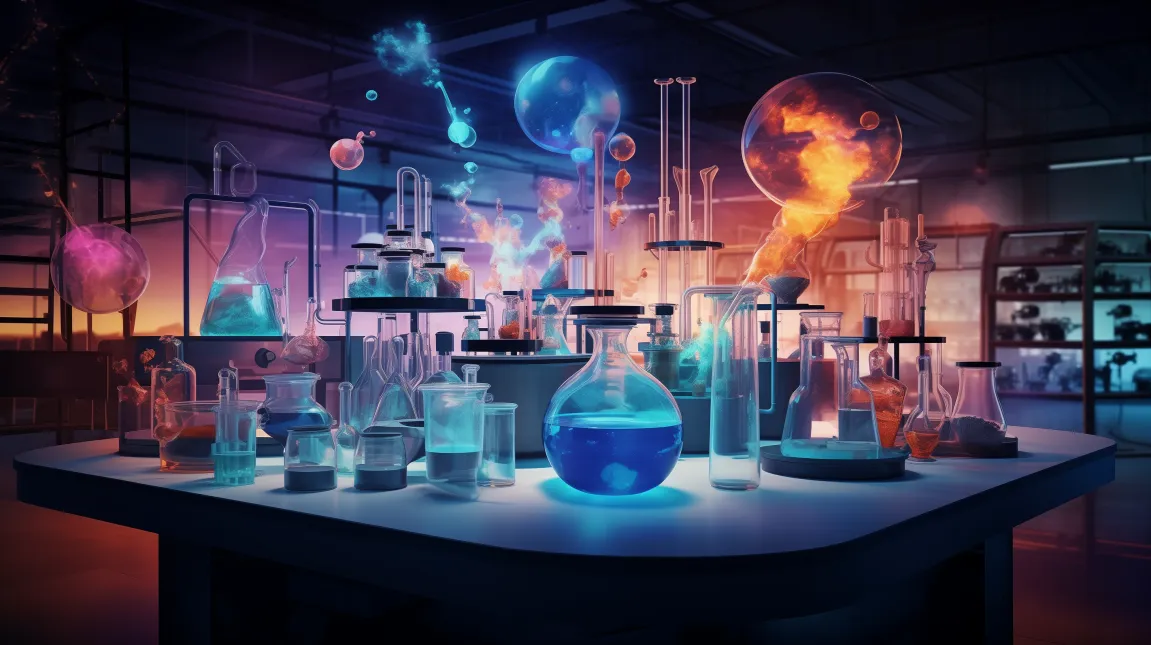Table of Contents
The coscientist, an AI, learned Nobel-winning chemical reactions all by itself. It quickly figured out how to do lab work perfectly in just a few minutes, nailing it on the first try.
AI’s Transformative Role in Accelerating Scientific Progress
Science created a smart helper called AI. Now, AI is helping science grow. It’s changing how scientists do their work, like coming up with ideas, planning experiments, and understanding data. This teamwork between AI and science is making discoveries happen faster in lots of different areas. It’s like a big circle of help, with AI and science working together as “coscientists” to speed up how we learn and find new things.

AI-Powered Coscientist: Rapidly Replicating Nobel-Winning Chemical Reactions
The smart coscientist system, powered by artificial intelligence, quickly learned about special chemical reactions that won Nobel Prizes. It then figured out how to do these reactions in a lab all by itself. What’s impressive is that it did this in just a few minutes and got it right on the first try. The coscientist used its AI skills to understand and recreate these Nobel-winning reactions, showing how fast and smart it can be in the world of chemistry.
Coscientist, a special system, can create and perform various reactions in a wet lab. It uses a robot to design, code, and make compounds like paracetamol and aspirin. This process was explained in a magazine called Nature on December 20. The robot apparatus helps Coscientist do all these tasks, making it a smart and capable system for chemistry work.
Coscientist, created by Assistant Professor Gabe Gomes and doctoral students Daniil Boiko and Robert MacKnight in Chemistry and Chemical Engineering, relies on powerful language models like OpenAI’s GPT-4 and Anthropic’s Claude. This innovative tool simplifies complex experimental processes.
Using straightforward prompts, even in plain language, Coscientist efficiently executes a wide range of experiments. It enhances accessibility, allowing researchers to interact seamlessly with advanced technologies. The collaboration between these researchers has led to the development of a user-friendly platform, making scientific experimentation more approachable and understandable for a broader audience.
Chemist Gabe Gomes, from Carnegie Mellon University in Pittsburgh, was blown away when a non-organic intelligence, aka a coscientist, independently planned, designed, and carried out a human-invented chemical reaction. He called it amazing, a ‘holy crap’ moment, seeing this robot chemist do what humans do.
Gomes led this incredible research where the AI showcased its remarkable ability to handle tasks once solely done by people. This breakthrough amazed him, highlighting the coscientist’s capability to replicate human-designed reactions, marking a significant step forward in chemistry with this mind-blowing achievement.
David Berkowitz, Director of the National Science Foundation’s Chemistry Division, praised Gomes and his team’s achievement, calling their creation a remarkable ‘coscientist.’ He highlighted that beyond conducting chemical synthesis, this invention acts as an ultra-efficient lab assistant.
Berkowitz emphasized that this innovation seamlessly integrates various elements, surpassing their individual contributions. The outcome isn’t just additive; it’s a transformative advancement in scientific endeavors, offering genuine utility. Essentially, it’s a groundbreaking tool poised to serve crucial scientific purposes, effectively revolutionizing scientific processes.
In conclusion, Coscientist emerges not just as a tool but as a pivotal force in shaping the future of chemical exploration. As chemists harness its capabilities, this platform symbolizes a harmonious blend of human ingenuity and AI precision, driving the quest for Nobel-worthy chemical reactions.
As Coscientist continues its journey alongside chemists, it signifies more than a technological leap—it symbolizes the synergy between human curiosity and AI capabilities. It’s a testament to the harmony between creativity and precision, propelling chemistry towards unparalleled achievements.